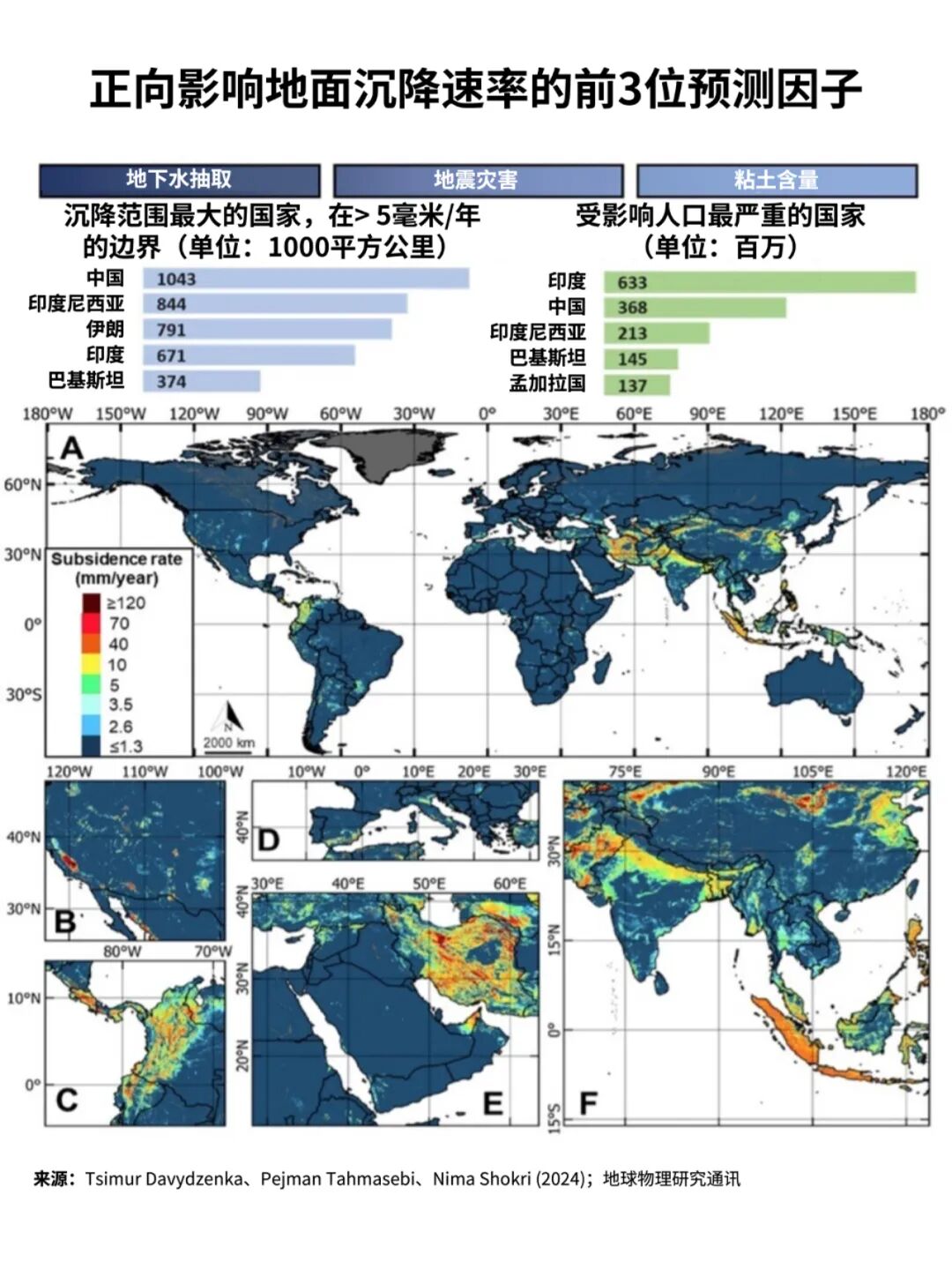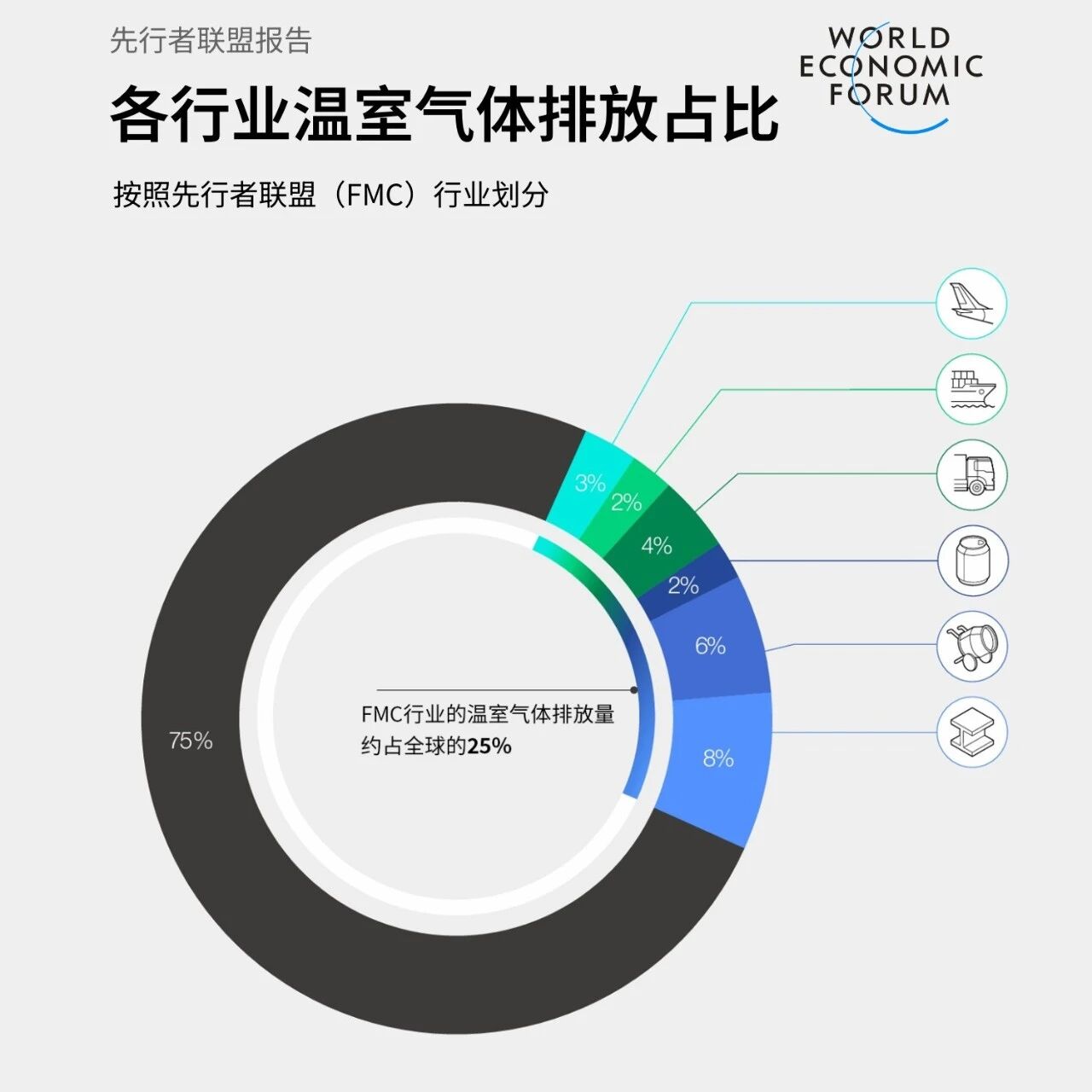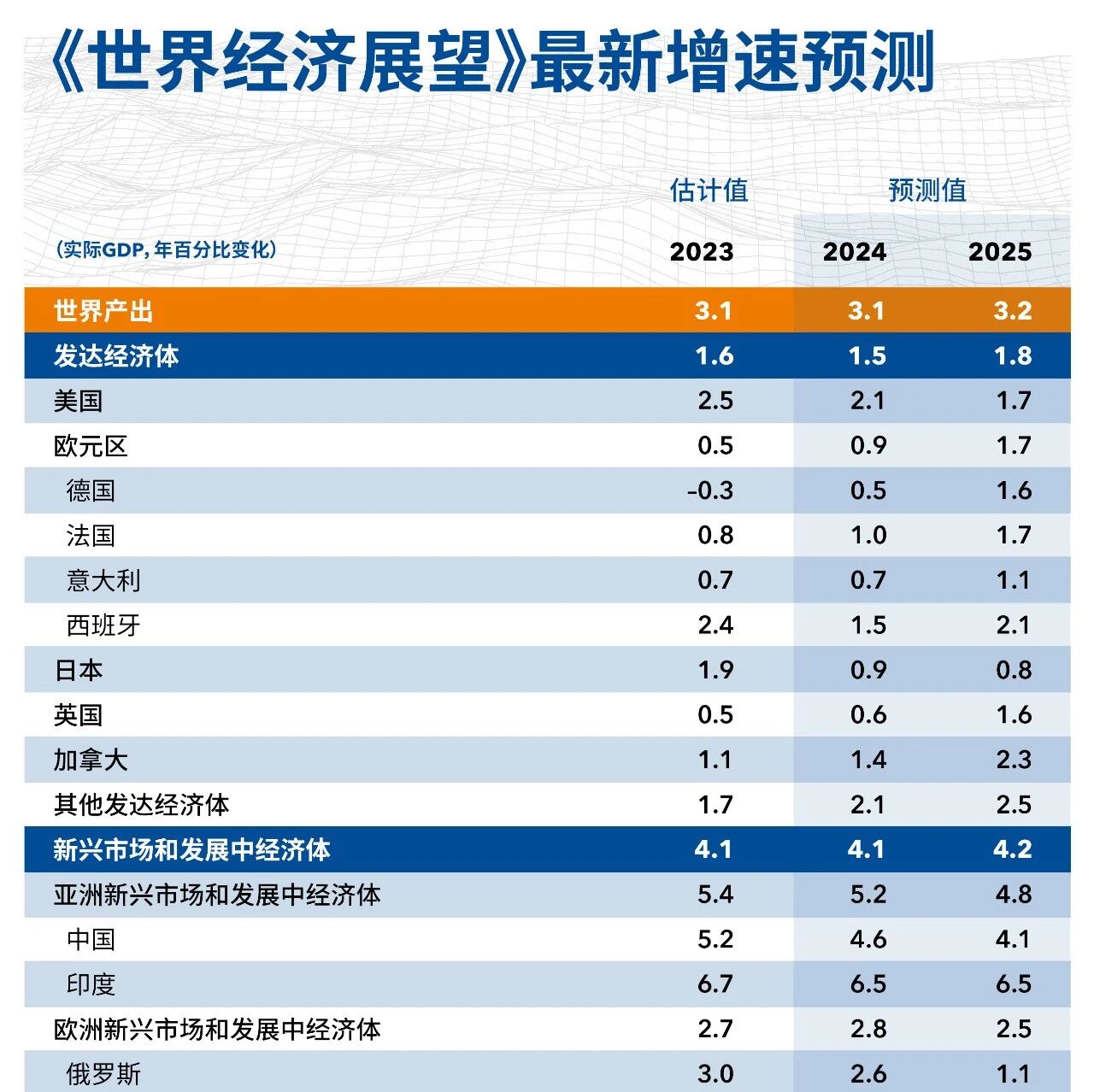New York, USA, and Jakarta, Indonesia, both rank among the world's cities that are sinking.
Image source:iStockphoto
Anu Devi
Head of the World Economic Forum's Urban Transformation Initiative
Susan Moisio
Jacobs Vice President and Global Director of Water Resources
From New York and Venice to Mumbai and Jakarta, "sinking cities" around the globe are feeling the effects of urban land subsidence.
The main reasons include seismic activity, groundwater usage, and overbuilding.
Saving these sinking cities requires a comprehensive, multifaceted strategy that brings together leaders from both the public and private sectors.
In an era where climate change dominates the headlines, one issue that often goes unnoticed yet carries significant consequences is urban land subsidence. For instance, New York City in the U.S. is currently sinking under the sheer weight of its towering skyscrapers and infrastructure. According to data from the U.S. Geological Survey, approximately 1.68 trillion pounds of concrete, glass, and steel have been poured into the city’s 777-square-kilometer landscape. This immense load exerts immense pressure on the ground, causing it to compress and gradually settle downward. Meanwhile, rising sea levels and more frequent, intense storms are making the city increasingly vulnerable to flooding—factors that could further accelerate the process of land subsidence.Coastal cities face the greatest risk of land subsidence, though inland cities like Mexico City and those along the Gulf of Mexico also grapple with similar challenges. Notably, a recent study of 99 coastal cities revealed that in 33 of them, the rate of sinking was five times faster than the rate of sea-level rise. This issue is particularly acute in parts of Asia, where cities such as Manila in the Philippines, Karachi in Pakistan, and Tianjin in China are experiencing subsidence rates 10 to 20 times quicker than rising sea levels.Cities around the world are facing the problem of land subsidence.
Image source:Tsimur Davydzenka, Pejman Tahmasebi, Nima Shokri (2024); Geophysical Research Letters
Nearly half of China's major cities are sinking due to the strain on infrastructure and excessive groundwater extraction. Recent research reveals that 45% of the country's 82 cities experience annual land subsidence exceeding 3 millimeters, potentially affecting 29% of the nation's urban population. By 2120, between 22% and 26% of China's coastal regions could fall below sea level.Residents of sinking cities may face severe and escalating challenges. Land subsidence could lead to significant land loss, water shortages, damage to infrastructure, and displacement of entire communities. For instance, in Indonesia, the government has already taken action to address these concerns by relocating the capital from Jakarta to Borneo Island.To prevent these cities—and many others around the world—from sinking, we need to reassess water resource management and infrastructure, while consciously and wisely striving to build resilience into urban planning and design.
:
The World Economic Forum is an independent and neutral platform dedicated to bringing together diverse perspectives to discuss critical global, regional, and industry-specific issues.
Follow us on Weibo, WeChat Video Channels, Douyin, and Xiaohongshu!
"World Economic Forum"






